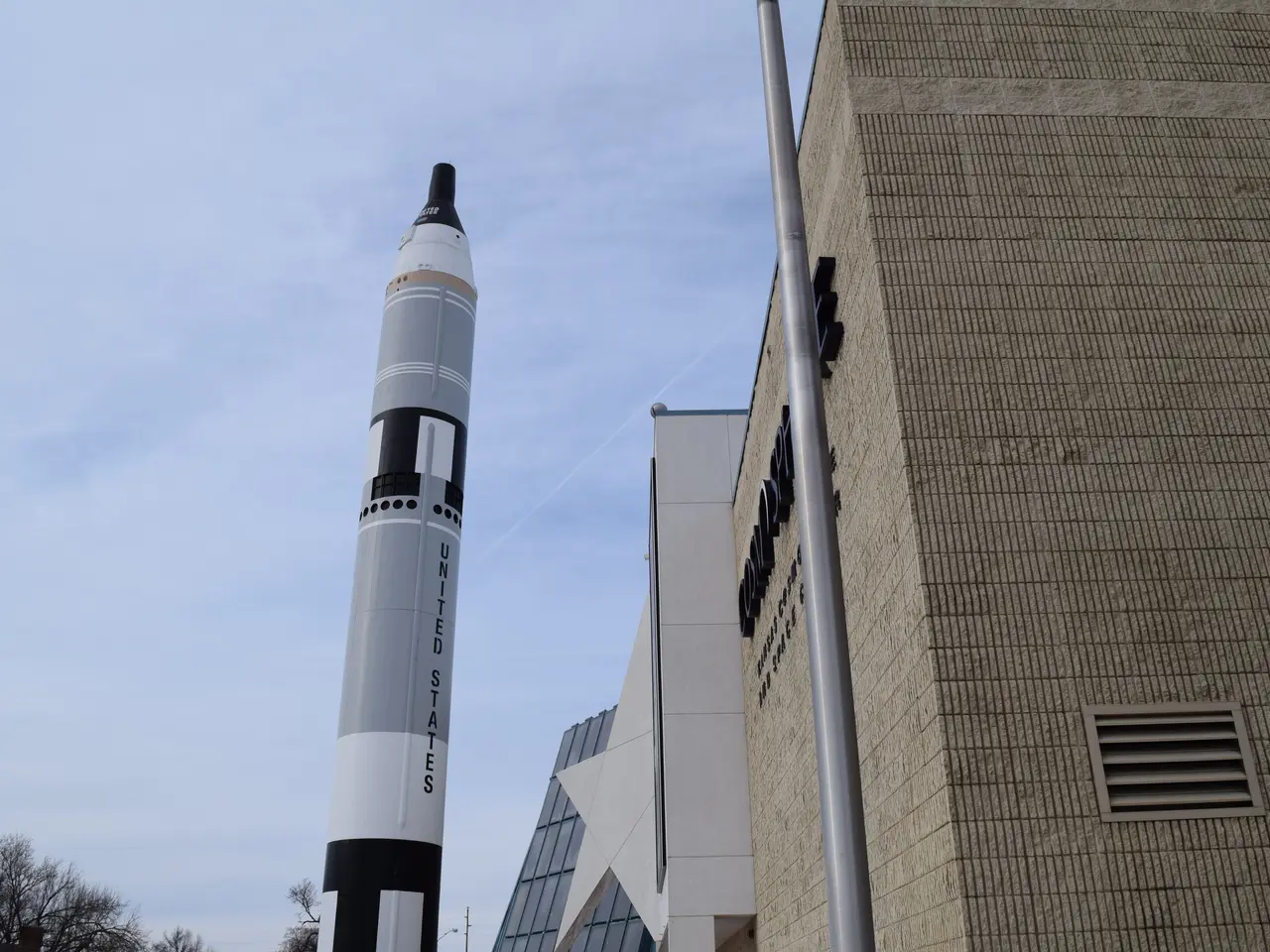The reason behind Saturn V's finned structure: Exploring the aspect of rocket stability in depth.
In the realm of space exploration, the precision and control of rocket landing have become increasingly crucial. Over the years, the use of gimbaled engines has emerged as a game-changer, providing more precise control during descent and landing.
The concept of gimbaled engines is not new, with its roots tracing back to the Saturn V rocket, used during the Apollo program. The five F-1 engines at the base of the S-IC were mounted on gimbals, allowing them to swivel slightly. This feature enabled the rocket to make adjustments mid-flight, enhancing its overall control.
The upper stages of the Saturn V (S-II and S-IVB) also used gimbaled engines but did not have fins. This was due to the significantly lower aerodynamic forces at those altitudes.
Modern rockets, such as SpaceX's Falcon 9 and the United Launch Alliance's Atlas V, rely almost entirely on gimbaled engines and sophisticated control systems. By changing the direction of the engine nozzles, the rocket's thrust could be vectored, providing active control of the rocket's pitch and yaw.
The elimination of fins can also improve efficiency, especially for rockets designed to reach higher velocities. For reusable rockets like the Falcon 9, fins can complicate the landing process. With gimbaled engines and small control surfaces, these rockets can achieve more precise control during descent and landing.
Advances in thrust vector control technology and computer technology have made it possible to precisely control rocket orientation using gimbaled engines alone. This has been a significant step forward in the quest for more efficient and precise space travel.
The development and construction of the Saturn V rocket were a collaborative effort between NASA, led by Wernher von Braun at the Marshall Space Flight Center in Huntsville, Alabama, and main contractors Boeing, North American Aviation, Douglas Aircraft Company, and IBM. The fins on the Saturn V's first stage were a carefully engineered solution to the problem of aerodynamic stability in rocket flight.
As we continue to push the boundaries of space travel, the role of gimbaled engines in providing precise control and efficiency will undoubtedly remain a critical factor. The future of space exploration is filled with exciting possibilities, and the advancements in gimbaled engine technology will undoubtedly play a significant role in shaping that future.
Read also:
- Peptide YY (PYY): Exploring its Role in Appetite Suppression, Intestinal Health, and Cognitive Links
- Toddler Health: Rotavirus Signs, Origins, and Potential Complications
- Digestive issues and heart discomfort: Root causes and associated health conditions
- House Infernos: Deadly Hazards Surpassing the Flames








